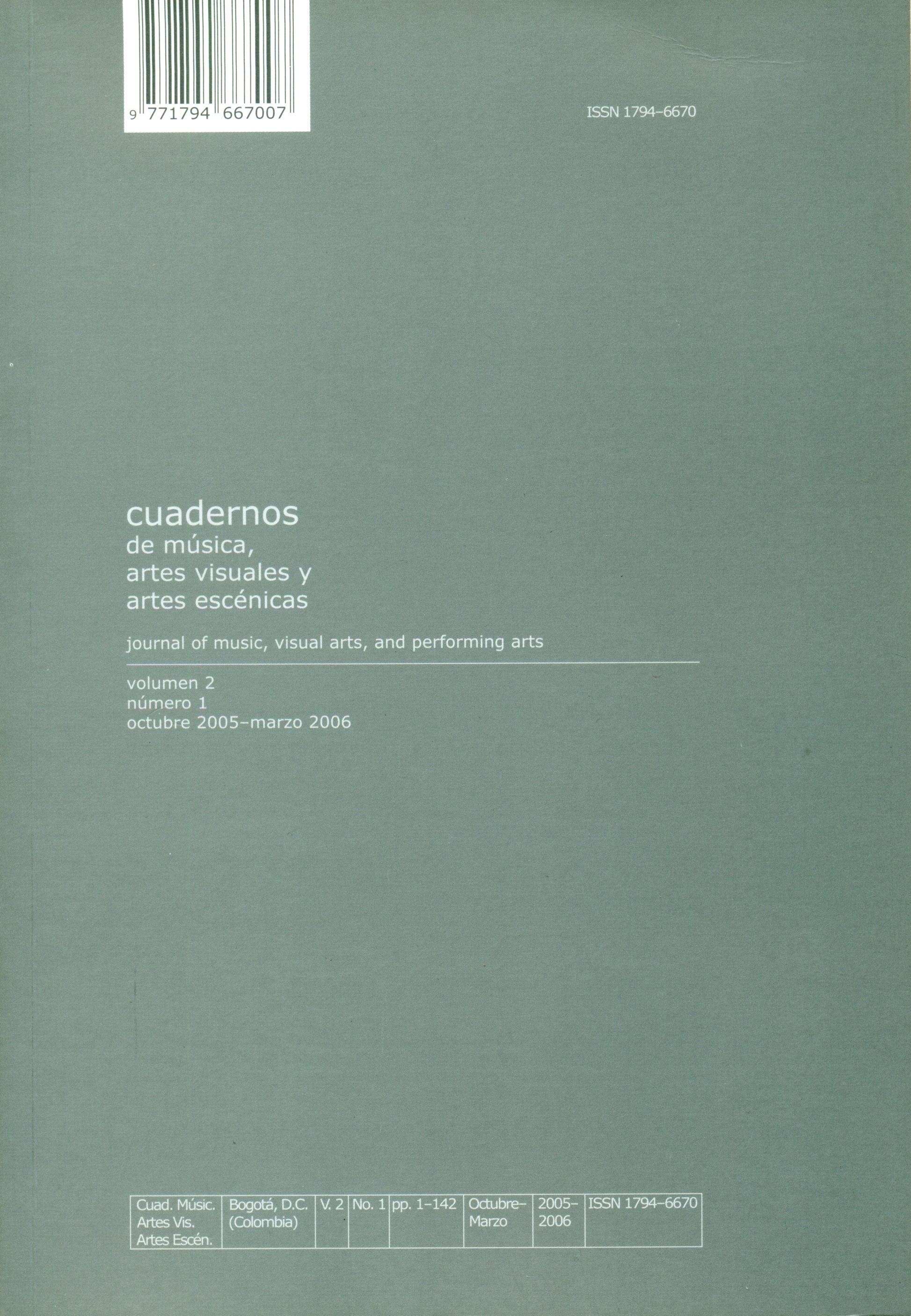Abstract
The nineteenth century theatre–building, as a whole, is revealed like an standard, designed in such a way that satisfy a social group’s practical or symbolic needs: the mentality or ideological imaginary shared by the heterogeneous group known as middle–class, identified in general terms by the category of “bourgeoisie.” Among the most neglected aspects by the nineteenth century historiography dedicated to theatre design, there are certain categories like the economic and social benefit, the security, the comfort, the ornamentation of the ambiences or the increasing interest on the functional accessories from the building which are verified in the equipment of those facilities assigned to social life, that becomes one of the basic functions of eighteenth century theatre. Based on these ideas, the theatre morphology that will prevail in nineteenth century hols a specific personality in which two aspects take part. In one hand, a long solidly maintained tradition trough the historic evolution; by the other, the transformations that the building has suffered because of all the circumstances referred, not only to drastic structural or formal innovations, but also to the peculiar ethic and technique idiosyncrasy and the renegotiation of uses and meanings all imposed by its adaptation to the socio–cultural requirements within contemporary times.This journal is registered under a Creative Commons Attribution 4.0 International Public License. Thus, this work may be reproduced, distributed, and publicly shared in digital format, as long as the names of the authors and Pontificia Universidad Javeriana are acknowledged. Others are allowed to quote, adapt, transform, auto-archive, republish, and create based on this material, for any purpose, provided the authorship is duly acknowledged, a link to the original work is provided, and it is specified if changes have been made. Pontificia Universidad Javeriana does not hold the rights of published works and the authors are solely responsible for the contents of their works; they keep the moral, intellectual, privacy, and publicity rights.
Approving the intervention of the work (review, copy-editing, translation, layout) and the following outreach, are granted through an use license and not through an assignment of rights. This means the journal and Pontificia Universidad Javeriana cannot be held responsible for any ethical malpractice by the authors. As a consequence of the protection granted by the use license, the journal is able to publish retractions or to correct information already published. Publishing contents in this journal does not generate royalties for contributors.


